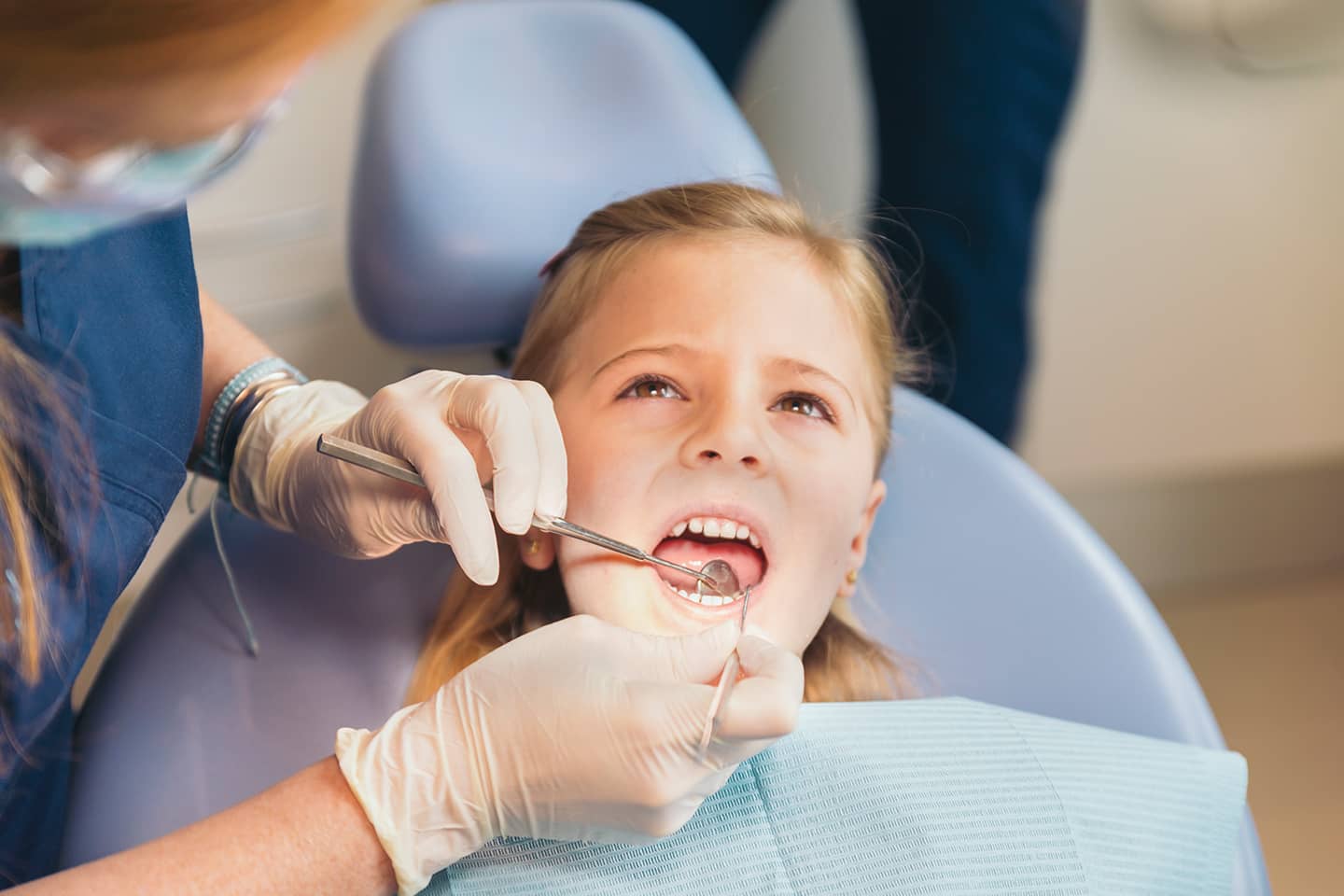When it comes to dental treatments, there are many options available for children. Inlays and onlays are two such treatments that can help restore damaged teeth in young patients. As a parent, it’s important to understand the differences between these two procedures so you can make an informed decision about your child’s oral health care. Here’s what you should know about inlays and onlays for kids.
What Are Inlays and Onlays?
Inlays and onlays are restorative treatments used to repair slightly damaged teeth. An inlay is similar to a filling. It’s made from porcelain or composite material and fits inside the damaged area of a tooth. An onlay is a larger restoration that covers the entire surface of the tooth and extends to one or more of its cusps (bumps on the chewing surfaces).
Inlays and onlays are usually used in cases where the damage to a tooth is more extensive than what can be treated with a filling but not so severe that it requires a crown. This type of treatment may be necessary if your child has suffered from decay or chipping due to trauma, such as playing sports or an accident. Inlays and onlays can also replace existing partial crowns or fillings that may have become damaged over time.
Benefits of Inlays and Onlays for Kids
Inlays and onlays provide many benefits for children. The most obvious is the restoration of tooth shape, which can help to improve a child’s smile. In addition, these treatments are much more conservative than other restorative options, such as crowns, as they require less enamel to be removed from the tooth to create a secure fit. This helps to preserve more of the natural tooth structure, reducing the risk of future damage.
Other benefits include:
- Improved Oral Health
- Reduced Risk of Cavities
- Preserves Tooth Structure
- Easier to Clean
- Less Prone to Decay than Composite Fillings
- Types of Materials Used for Inlay and Onlay Treatments in Kids
Inlays and onlays can be made from various materials, including porcelain and composite resin. Each material has different benefits in terms of strength and aesthetics. Porcelain is the most popular choice for cosmetic restorations, as it closely matches the natural color and translucency of teeth. Composite resin is also an option, though it does not last as long as porcelain and may require frequent replacement.
Your dentist will help you determine which type of material is best for your child’s needs based on their age and other factors.
Process for Fitting Inlays or Onlays in Children’s Mouths
The process of fitting inlays or onlays for kids begins with an evaluation and X-rays of the affected tooth. Once the extent of the damage has been determined, your dentist will discuss treatment options with you and explain what to expect during the procedure.
The procedure takes place over two appointments. At the first appointment, the dentist will remove the damaged or decaying area of the tooth and apply a temporary sealant. An impression of your child’s mouth will then be taken, which will be used to create a custom-fitted restoration.
At the second appointment, your dentist will remove the temporary sealant and make sure that inlay or onlay fits correctly before permanently bonding it into place. Your child may need to return for follow-up appointments to check the restoration and ensure it is in good condition.
After Treatment Care Tips for Inlay or Onlay Placement in Kids
Once your child’s inlay or onlay is in place, it’s important to practice good oral hygiene habits and visit the dentist regularly for check-ups. They should brush twice a day with a soft toothbrush and fluoride toothpaste, floss daily, and avoid eating hard foods that could damage their restorations. Your dentist may also recommend using a fluoride rinse or other products to protect their teeth from further decay.
Kids Dentist Denver
Inlay and onlay treatments are a great way to restore the shape of damaged teeth in children, preserving more of the natural tooth structure and reducing the risk of future problems. With proper care, these restorations can last for many years.
If your child needs dental treatment, talk to one of our qualified dentists about the potential benefits of inlays or onlays for kids. We can determine if this option is right for your child and walk you through the process from start to finish. We have locations in Denver, Aurora, Thornton, and Hampden and we accept a variety of insurance plans, including Medicaid and Denver Health.
If you are searching for a kid’s dentist near me, contact Youth Dental & Vision at (720) 575-1250 or complete the online booking form. We look forward to helping your kids maintain their healthy smile!


